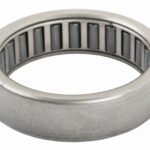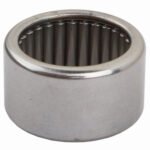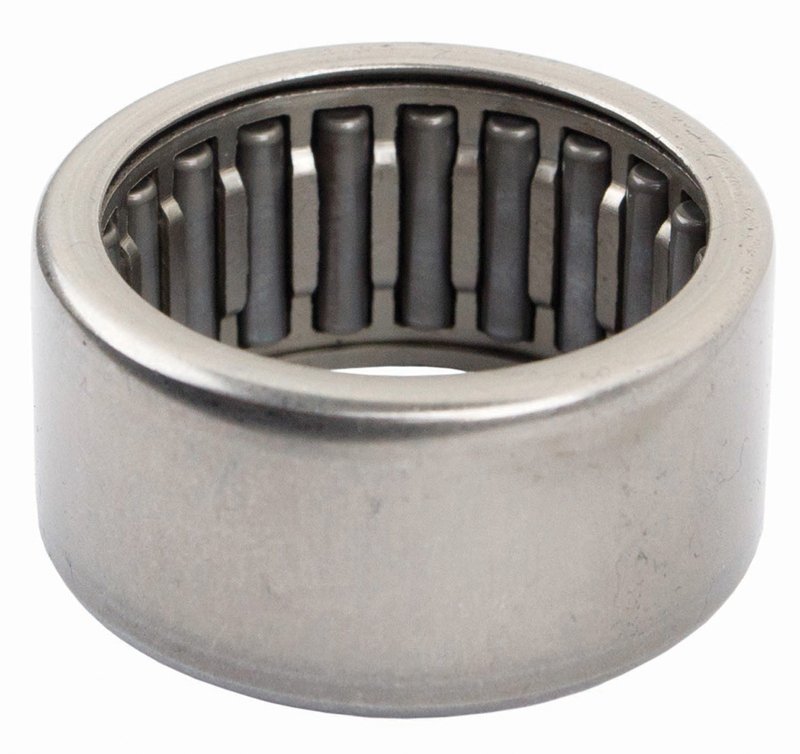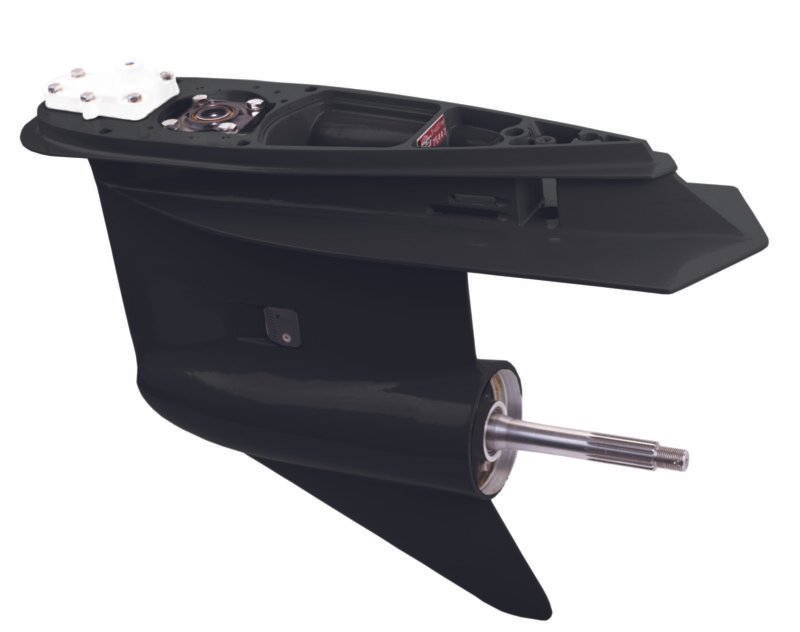
FORWARD BEARING, INNER
February 19, 2024
BEARING, PROPSHAFT
February 19, 2024
Description
- Friction Reduction: Bearings minimize friction between moving parts, allowing for smooth rotation or linear movement.
- Load Support: They support radial loads (perpendicular to the axis of rotation) and/or axial loads (parallel to the axis of rotation), depending on the type of bearing.
- Directional Load Handling: Bearings can be designed to support loads in one direction (unidirectional) or both directions (bidirectional).
- Types of Bearings: Common types include ball bearings, roller bearings, plain bearings (also known as sleeve bearings or bushings), and thrust bearings, each with its unique design and characteristics.
- Materials: Bearings are typically made from materials such as steel, ceramic, bronze, or polymer, chosen for their strength, durability, and wear resistance.
- Precision Engineering: High-quality bearings are manufactured with precision tolerances to ensure accurate alignment and smooth operation.
- Lubrication: Proper lubrication is essential for reducing friction and preventing premature wear in bearings. Lubricants such as grease or oil help maintain smooth operation and dissipate heat.
- Sealing: Some bearings come with seals or shields to protect against contamination by dirt, dust, water, and other debris, extending their lifespan and reliability.
- Temperature Resistance: Bearings may be designed to withstand high temperatures encountered in certain applications, ensuring stable performance under extreme conditions.
- Applications: Bearings are used in a wide range of machinery and equipment, including automotive engines, transmissions, turbines, pumps, conveyor systems, and more, where smooth movement and load support are required.




